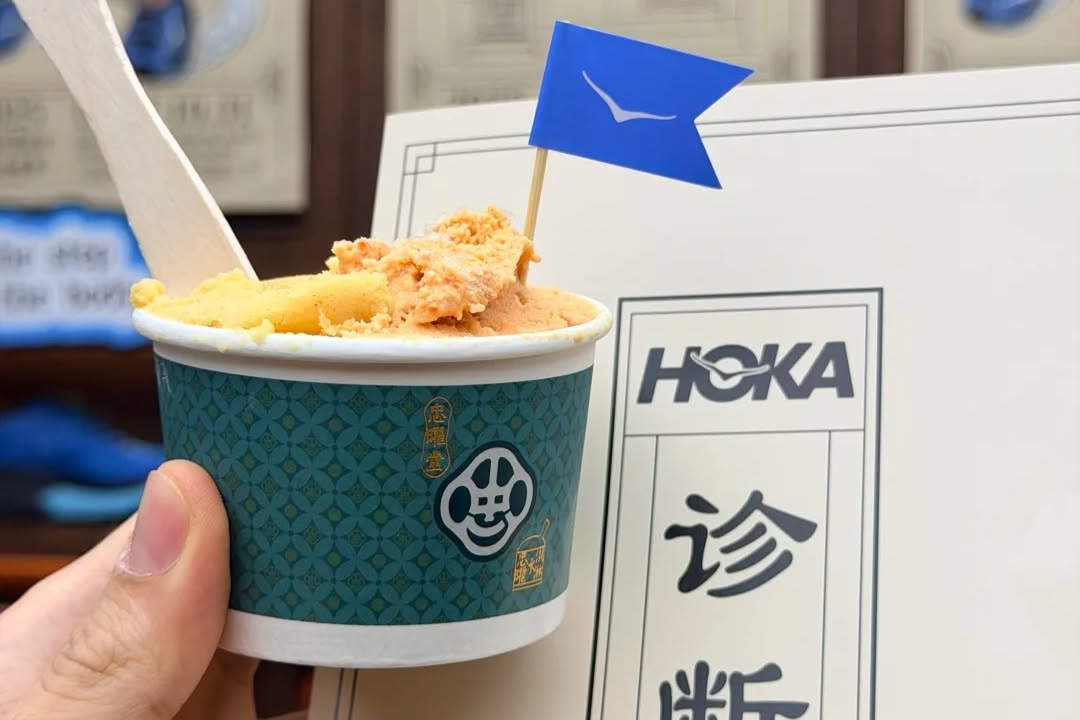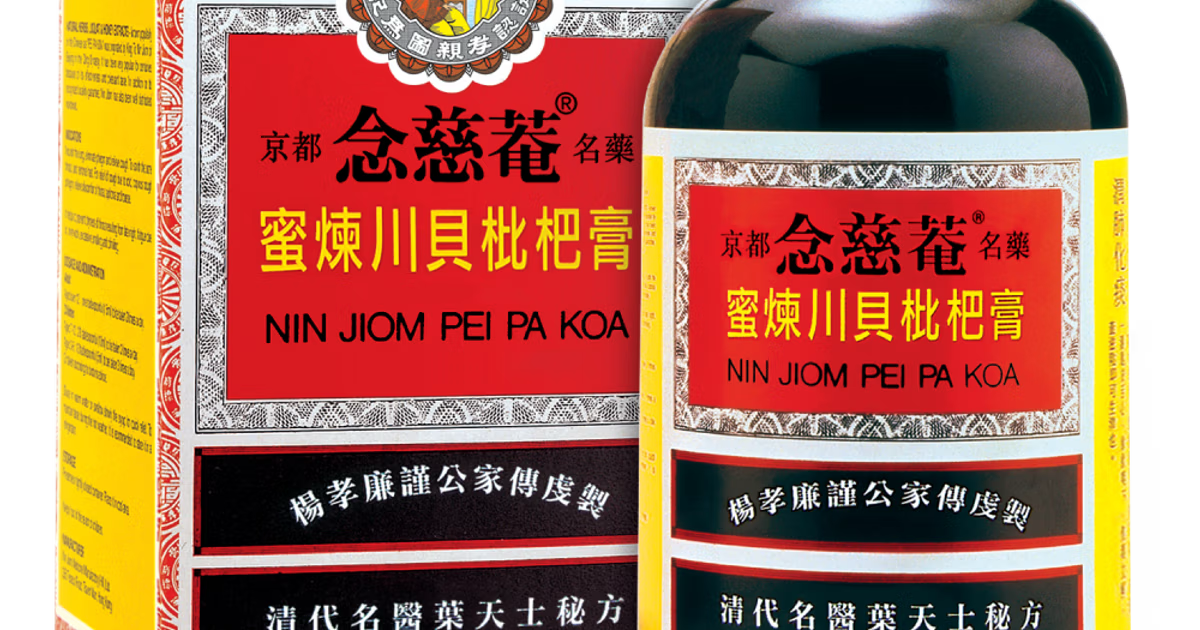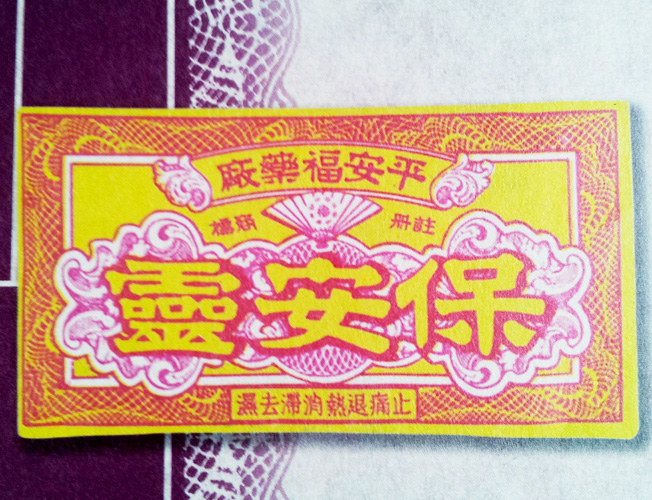Although Western medicine has gained a strong foothold in China, Traditional Chinese Medicine, also known as TCM, continues to play an important role in most Chinese households.
Traditional Chinese Medicine takes a holistic approach towards health and wellness — think a strong emphasis on herbs, roots, and other natural ingredients. Furthermore, the accessibility of over-the-counter TCM products means they are often used for alleviating or treating a wide variety of common ailments, from body pains to overheating.
Knowledge of their many benefits is usually passed down from one generation to the next, and even if many Chinese youth don’t religiously stock up on TCM herbs for the home, certain TCM products or brands still hold nostalgic sway for them.
If you grew up in or currently reside in a Chinese household, you’re more than likely to recognize a few of these legendary at-home remedies and household staples.
1. Tiger Balm (Hubiao Wanjinyou 虎标万金油)
What’s a fun childhood unless you come home with a few bumps and scrapes? After making a fuss, most Chinese mothers will then rummage around the house for the miracle ointment known as Tiger Balm. The painkiller, which produces a prickly heating and cooling sensation, has been produced by Singaporean company Har Par Healthcare since the 1870s.
Hardcore fans of the product swear that it is capable of treating almost every ailment on the face of the planet. Although we wouldn’t go as far as to say that, the fragrant balm laced with camphor oil and menthol certainly provides relief where migraines and muscle aches are concerned.
The brand is so successful that in the 1970s it even helped fund the creation of Asia’s strangest theme park, Singapore’s hellish Har Par Villa:
2. Fengyou Essence (Fengyoujing 风油精)
Fengyou Essence has similar properties as the aforementioned product, but takes the form of an oil. Recognizable by its vibrant green hue, this household staple is also deemed a fix-all: a single, tiny bottle of the stuff is said to adequately treat a whole slew of non-critical malaises.
Some use it to soothe itchy mosquito bites during warm, muggy summers, while others inhale its vapors to relieve congestion when the weather gets colder and flu season settles in.
In addition to eucalyptus and camphor oil, the liquid concoction contains chlorophyll and methyl salicylate, which give the product a cooling effect and its characteristic green color. If you’re wondering what it smells like, one of our editors swears that its fragrance is almost indistinguishable from that of root beer…
3. Florida Water (Hualushui 花露水)
Commonly used as a mosquito repellent or treatment, Florida Water can be spritzed on as a mist or directly applied to the body in liquid form.
Its refreshing scent, which carries notes of mint and jasmine, has inspired some to use it as a perfume. Additionally, the tonic’s other herbal ingredients have anti-itch and sterilizing properties, making it a beloved multipurpose product. Interestingly — and as suggested by its name — the product was originally an American import, invented in the early 19th century, but now almost forgotten at home.
4. Nin Jiom Pei Pa Koa (Chuanbei pipa tangjiang 川贝枇杷糖浆)
Containing a medley of herbs, such as fritillary bulb, loquat leaf, pomelo peel, and ginger, this Chinese cough syrup has a distinct flavor that many still remember from their childhood days, even if they haven’t had it in years.
Syrup and honey make up the cold medicine’s base, and account for its dark brown, viscous properties and sweet flavor — this sweetness compensates for its slightly medicinal notes. Some have a strong affinity for this cough syrup’s flavor, so much so that it has inspired new libations, from herbal-flavored bubble tea to cocktails.
5. Huoxiang Zhengqi Water (藿香正气水)
Huoxiang Zhengqi Water is often remembered for its bitterness and pungency, and might not look the most appetizing, given its characteristic brown color. Nevertheless, this herbal liquid remedy made from licorice root, jujube fruit, and magnolia bark has countless uses, from treating colds and the flu to curing heat-induced diarrhea.
During China’s record heatwave in summer 2022, an inventive beverage began trending on the internet; aspiring ‘baristas’ were mixing the herbal formula with iced water or coffee and jokingly calling it an ‘iced Chinesno.’ Although medical professionals warned against excessive consumption of the drink, many netizens tested the concoction and deemed it to be quite tasty.
6. Safflower Oil (Honghuayou 红花油)
A fiery red liquid that makes quite the impression, safflower oil or, more literally, ‘Chinese Red Flower Oil,’ comes in equally memorable retro packaging.
It counts clove basil, cinnamon oil, and methyl salicylate among its main ingredients. In addition to supposedly alleviating bone fractures and injuries, is also believed to improve blood circulation, making it a popular go-to for menstrual cramps.
7. Yunnan Baiyao (云南白药)
Yunnan Baiyao takes multiple forms. Its medicinal properties can be imparted by way of sprays, herbal plasters, and even toothpaste.
In spray and plaster form, the TCM product is said to induce hemostasis, so it quickly heals wounds and relieves pain. When applied to one’s teeth and gums, however, it imparts a cooling sensation and is a supposed boon to oral health.
Its main ingredient is the root and mountain plant Panax notoginseng, though other constituents include Chinese yam and camphor crystals. The product is safe for both human and veterinary usage.
Banner image illustrated by Haedi Yue; other images via Instagram

















